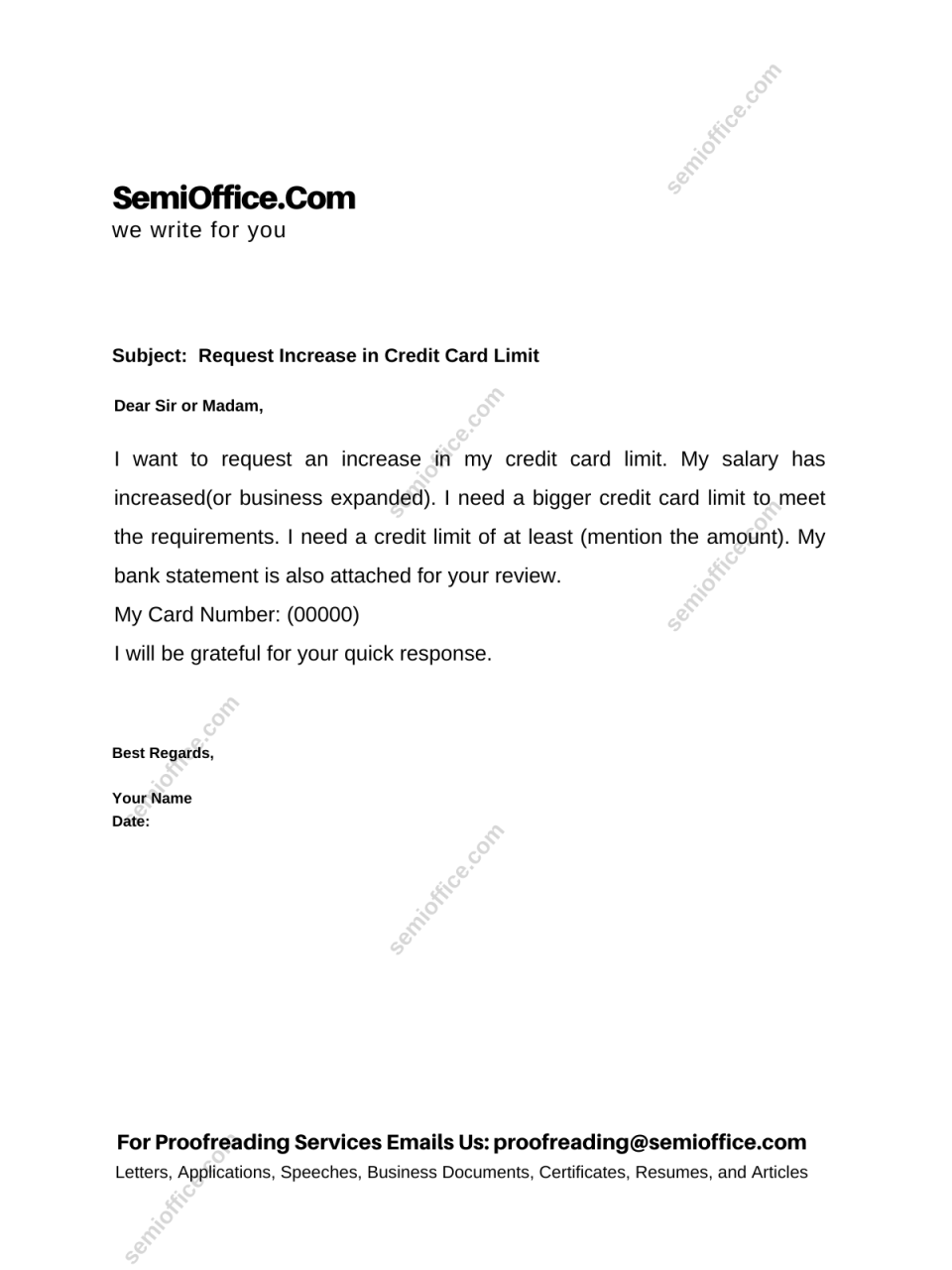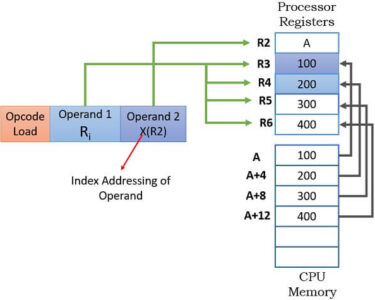
Email Phishing: Credit Card Account Credit Limit Increase Verification
Introduction:
Email phishing is a type of cybercrime where fraudsters attempt to trick recipients into revealing sensitive information, such as credit card details, by disguising themselves as legitimate entities. One common target of phishing scams is credit card accounts, where fraudsters aim to obtain the victim’s credit card number, expiration date, and security code to make unauthorized purchases.
Phishing Email Format:
Credit card account phishing emails typically appear to come from reputable sources, such as the victim’s bank or credit card company. The email may:
- Inform the recipient that their credit card limit has been increased and require them to verify the change.
- Provide a link or button labeled "Verify Now" or "Update Account."
- Direct the recipient to a fake website that looks identical to the legitimate website of the bank or credit card company.
Malware Infection:
When the recipient clicks on the link in the phishing email, they may be directed to a fake website that prompts them to enter their credit card details. These websites often contain malicious software that can infect the victim’s computer with keyloggers or other malicious software that can capture the entered credit card information.
Consequences of Falling Victim:
If a victim enters their credit card details into a phishing website, the fraudsters can gain access to their credit card account and make unauthorized purchases. Victims may face financial losses, damaged credit, and exposure to identity theft.
How to Recognize Phishing Emails:
- Check the sender’s email address: Legitimate emails from banks or credit card companies usually come from specific, recognizable email addresses. If the email comes from an unfamiliar address, be wary.
- Examine the email content: Phishing emails often contain typos, grammatical errors, and suspicious language. They may also display an unrealistic sense of urgency, such as demanding immediate verification.
- Hover over links: Hovering over links in the email without clicking them will reveal the true destination of the link. If the destination does not match the text displayed in the email, it is likely a phishing attempt.
- Never enter personal information: Legitimate banks or credit card companies will never request sensitive information via email. If an email asks for your credit card details or other personal information, it is likely a phishing attempt.
Reporting Phishing Emails:
- Contact your bank or credit card company: Report the phishing email to your financial institution immediately.
- Report the email to the Anti-Phishing Working Group (APWG): The APWG is a non-profit organization that tracks and fights phishing scams. You can report phishing emails to them at https://apwg.org/submit-report.
- Delete the email: Do not reply to or click on any links in the phishing email. Delete it immediately.
Conclusion:
Email phishing is a serious threat to credit card account security. By being aware of the common tactics used by fraudsters and following the guidelines for recognizing and reporting phishing emails, you can protect your sensitive information and avoid becoming a victim of this type of cybercrime.


